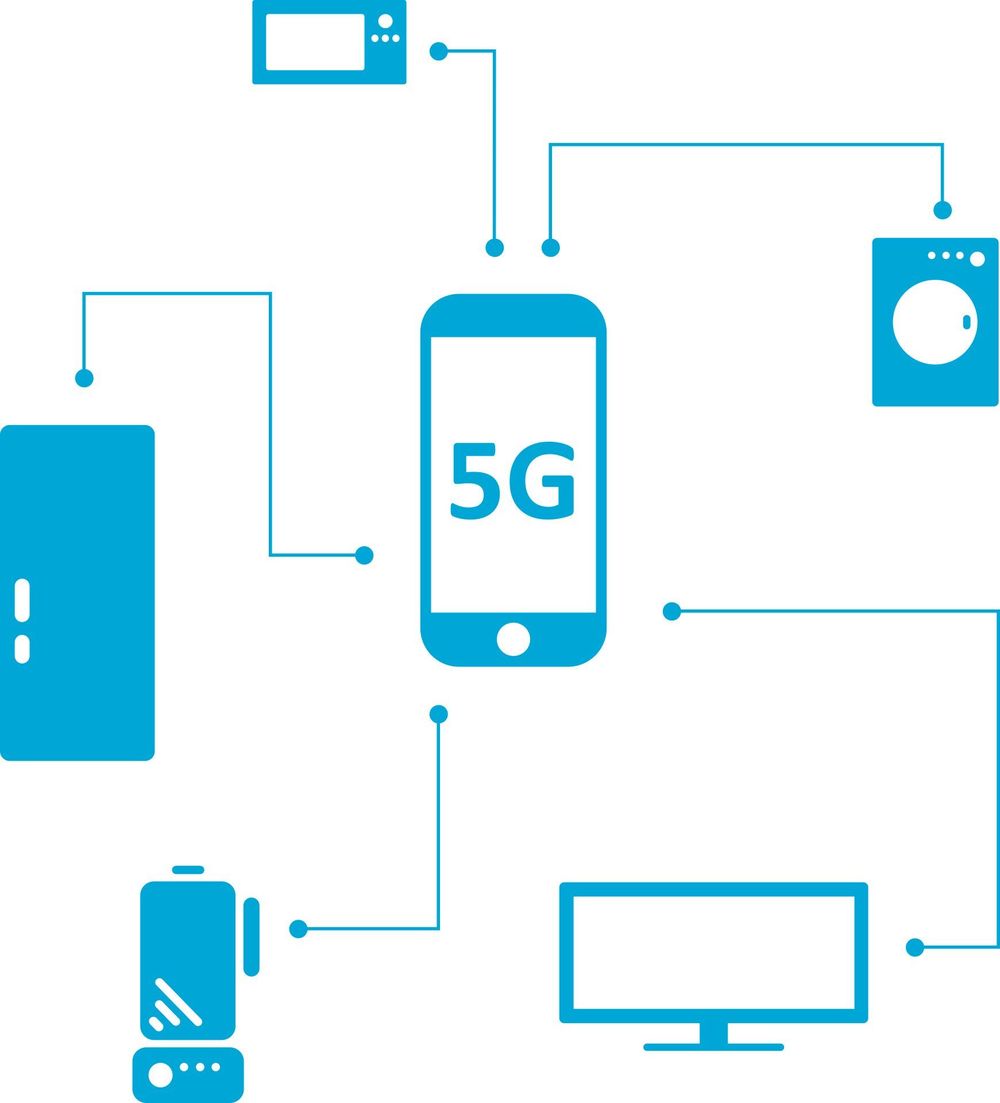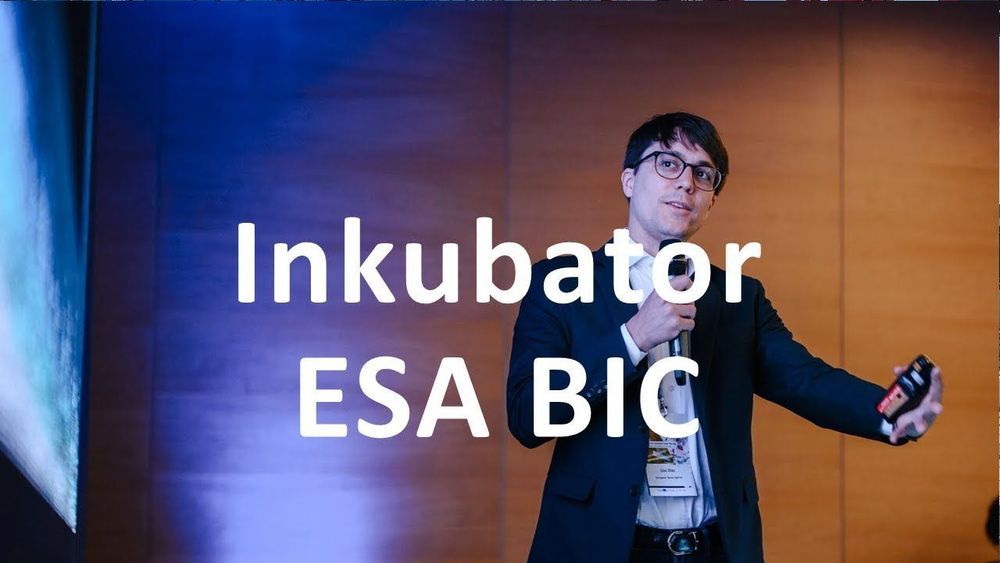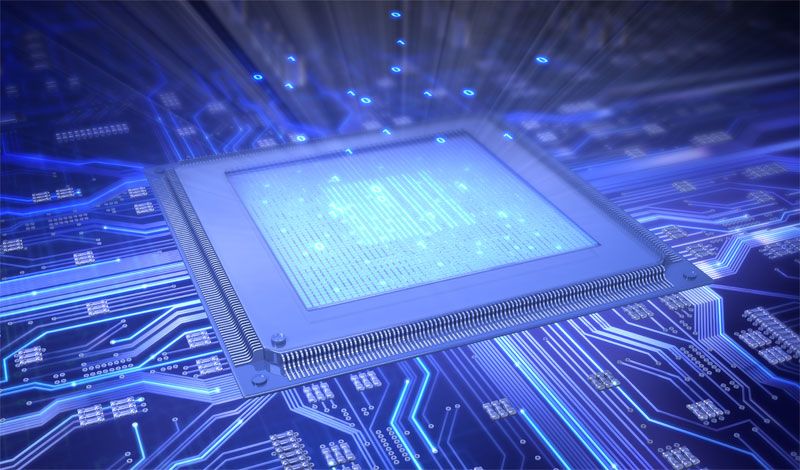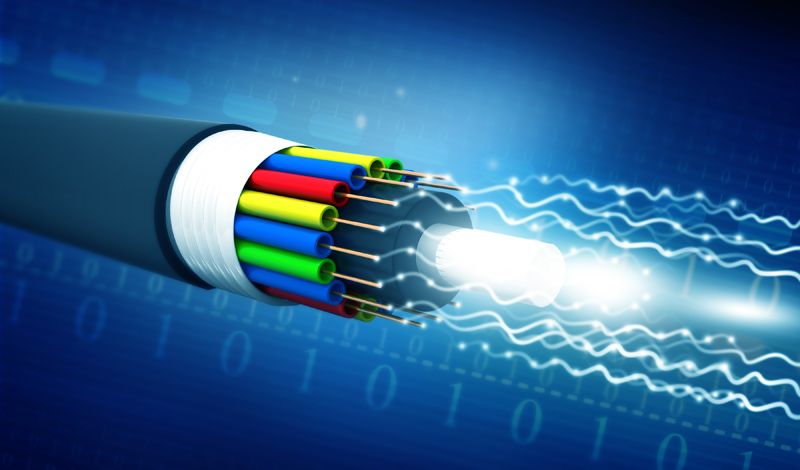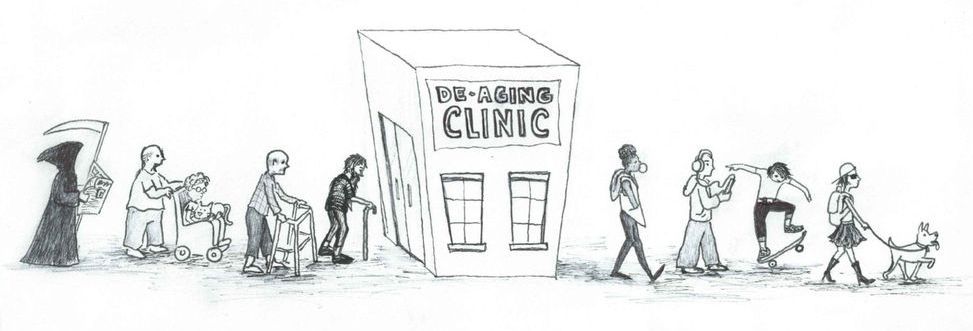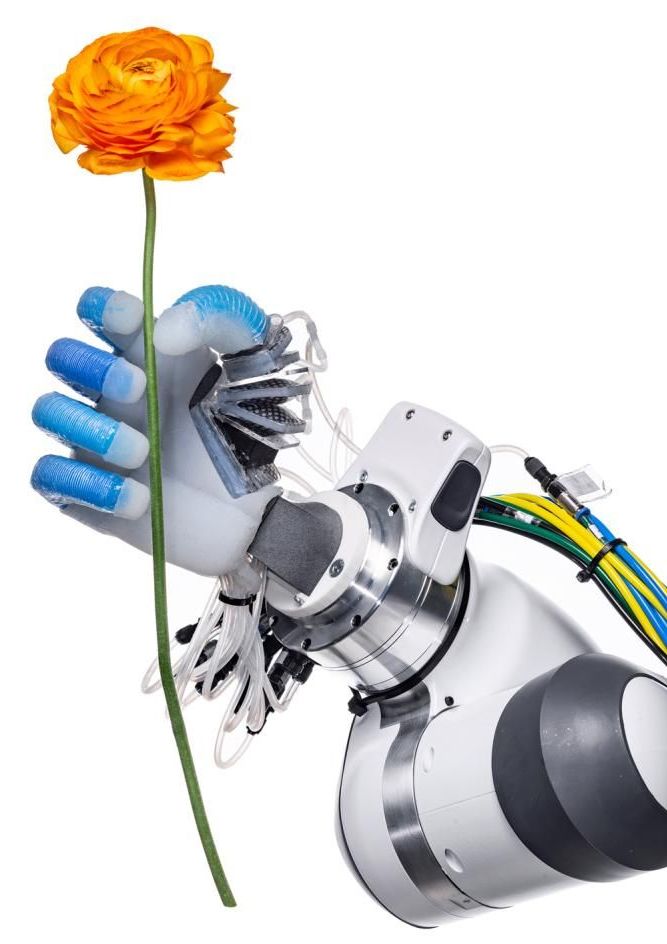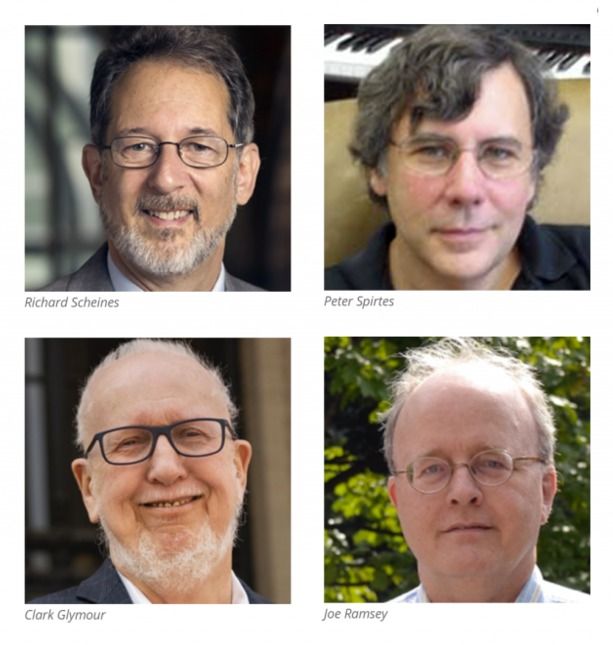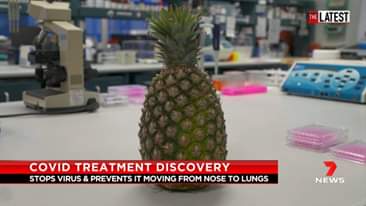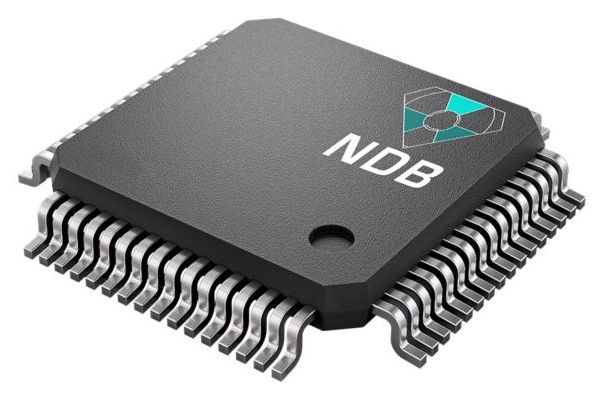
Pleasanton-based green energy startup NDB, Inc. has reached a key milestone today with the completion of two proof of concept tests of its nano diamond battery (NDB). One of these tests took place at the Lawrence Livermore National Laboratory, and the other at the Cavendish Laboratory at Cambridge University, and both saw NDB’s battery tech manage a 40% charge, which is a big improvement over the 15% charge collection efficiency (effectively energy lossiness relative to maximum total possible charge) of standard commercial diamond.
NDB’s innovation is in creating a new, proprietary nano diamond treatment that allows for more efficient extraction of electric charge from the diamond used in the creation of the battery. Their goal is to ultimately commercialize a version of their battery that can self-charge for up to a maximum lifespan of 28,000 years, created from artificial diamond-encased carbon-14 nuclear waste.
This battery doesn’t generate any carbon emissions in operation, and only requires access to open air to work. And while they’re technically batteries, because they contain a charge which will eventually be expended, they provide their own charge for much longer than the lifetime of any specific device or individual user, making them effectively a charge-free solution.
